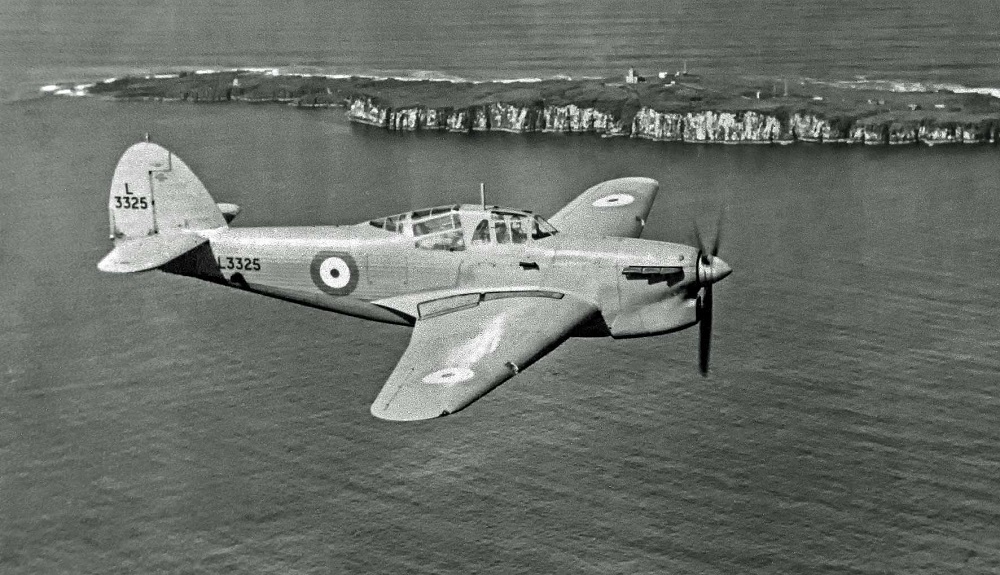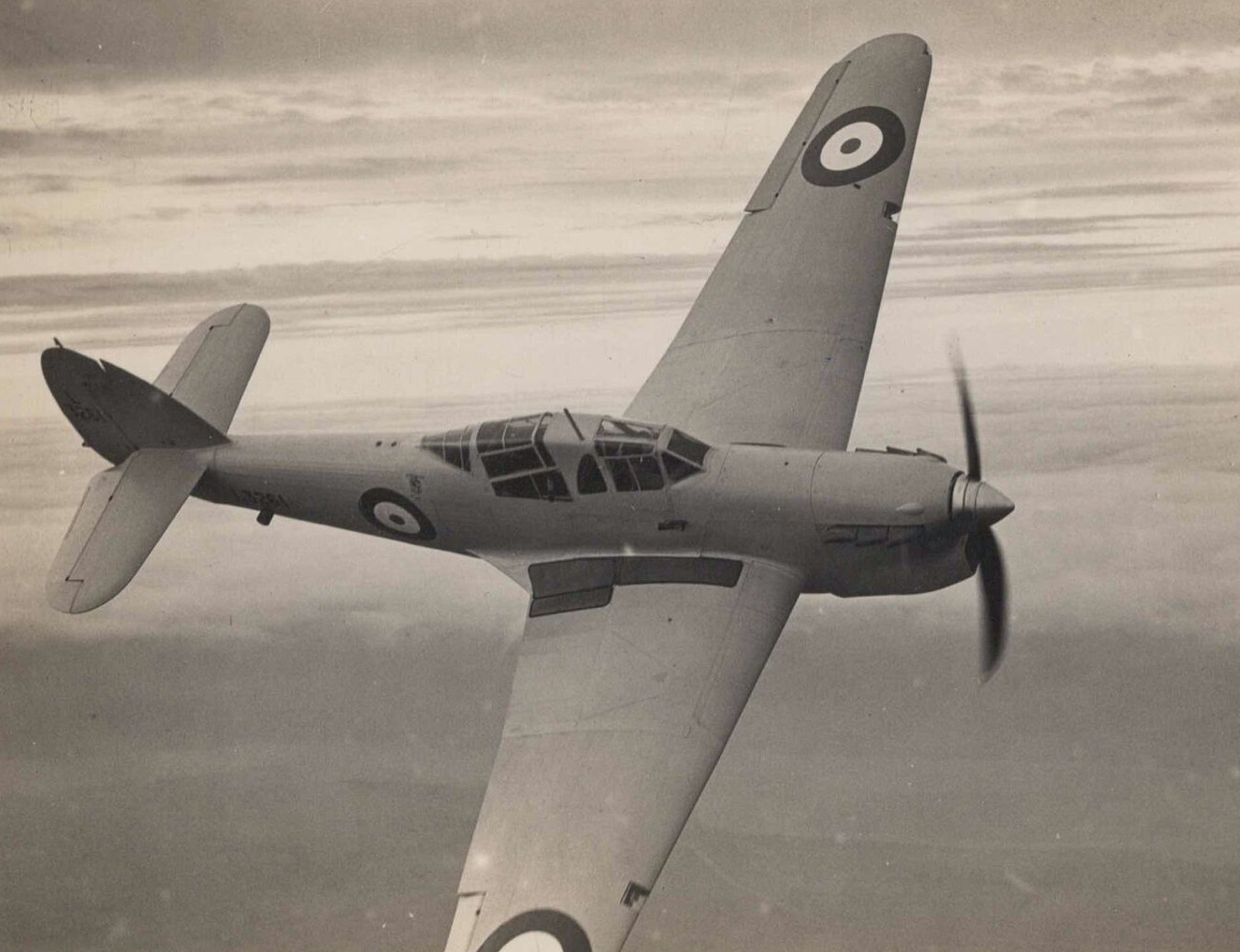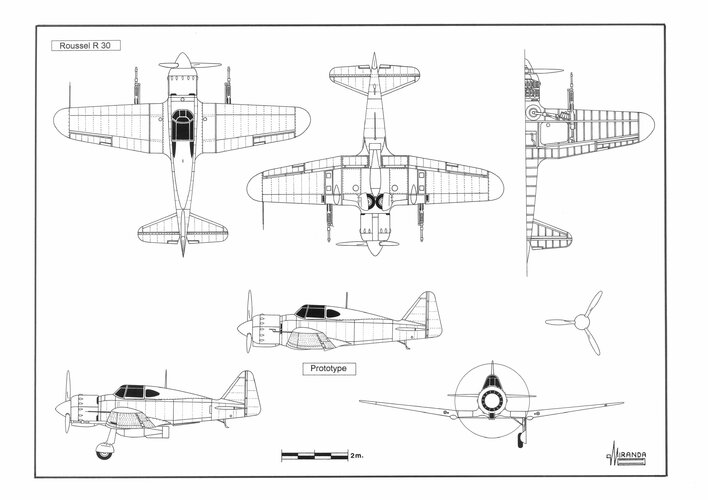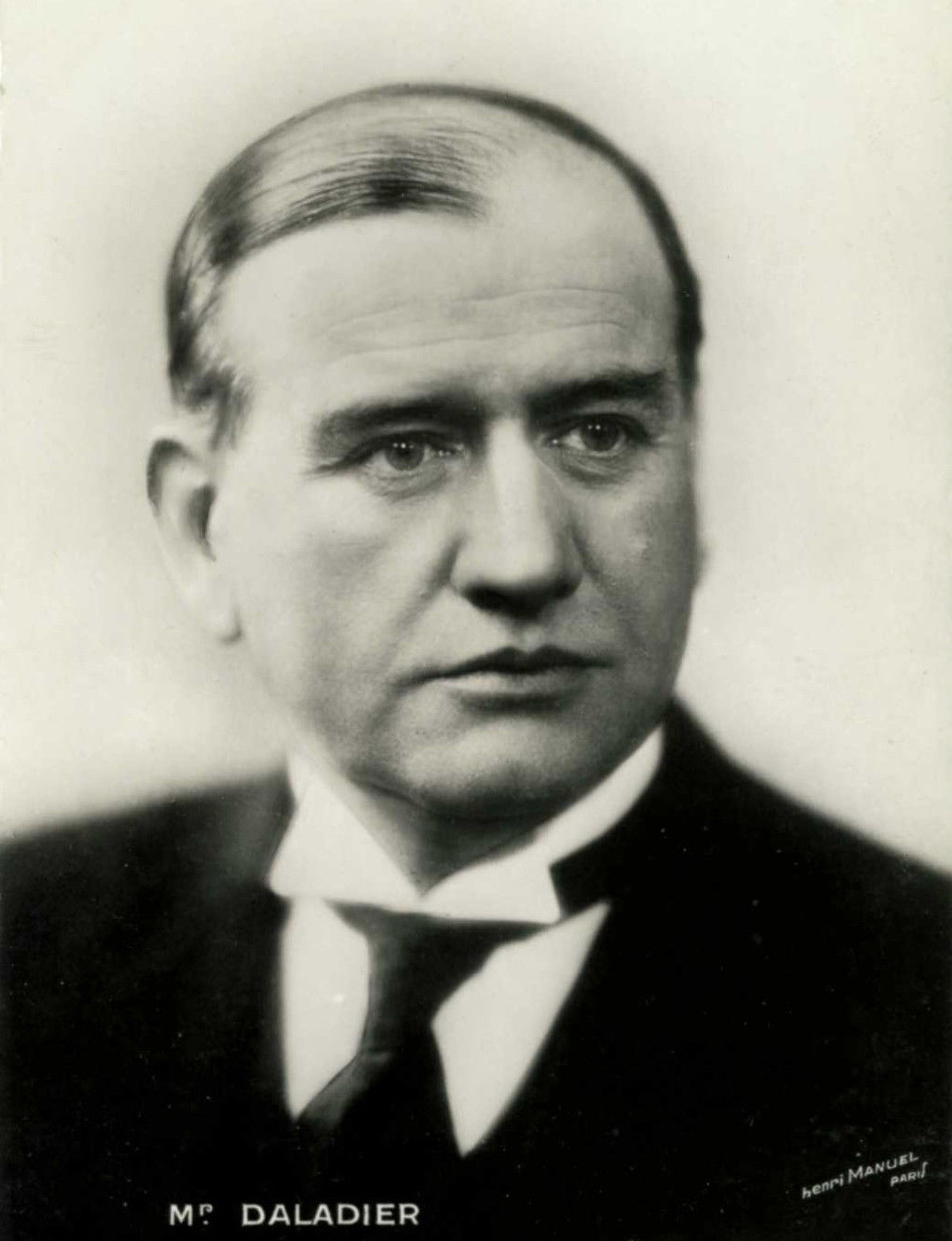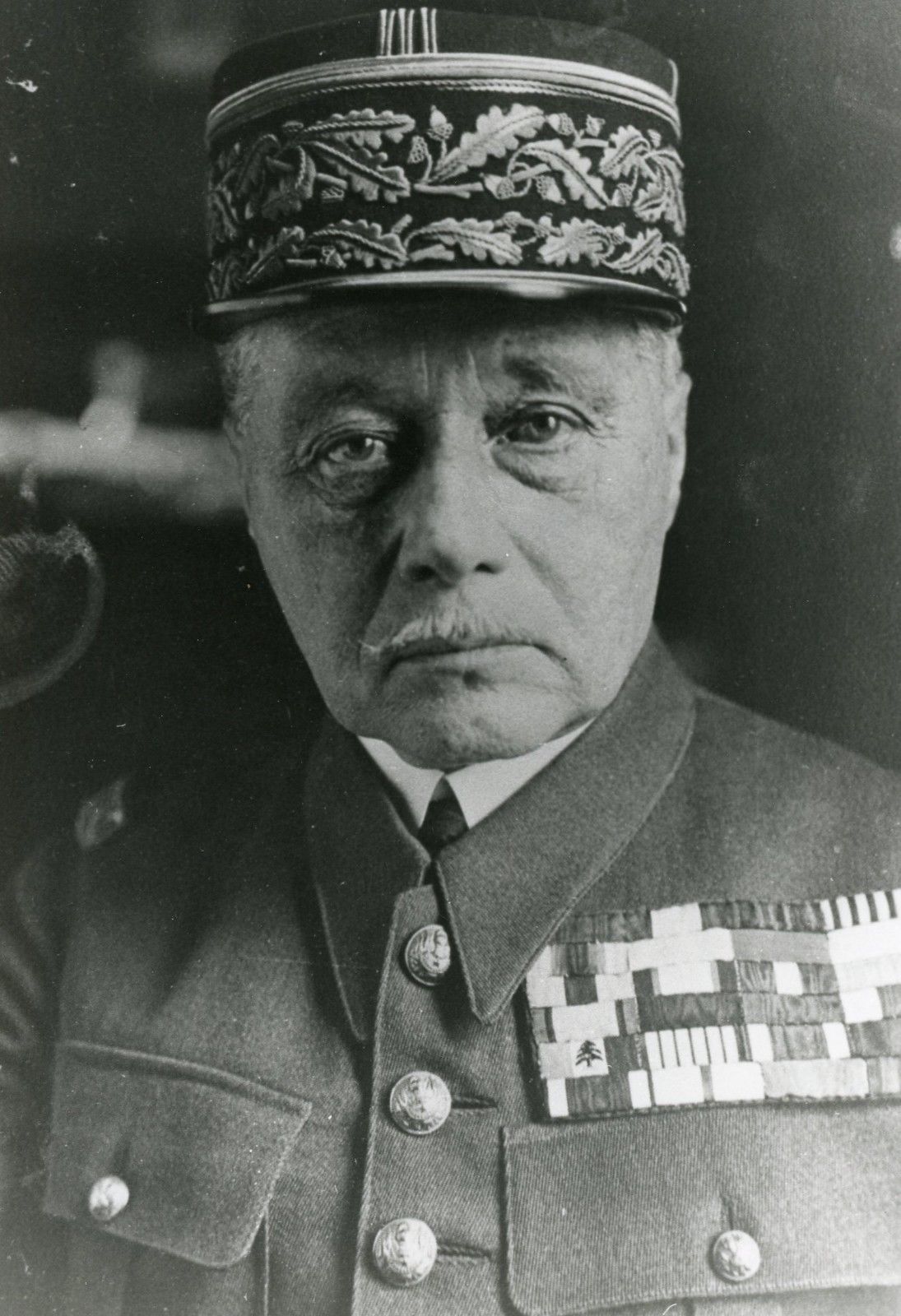(sorry for the rant but it important to realize how hopeless was 1939 France, Armée de l'Air included.)
The tragic reason why France got a Crecy / Azincourt collapse in 1940 relates to two men: Edouard Daladier and Maurice Gamelin.

en.wikipedia.org

en.wikipedia.org
In a few words (or trying !) : Daladier "Parti Radical" (center-left) despite being mostly inept, was an essential link into all the precarious political coalitions from 1933 to 1940. Lose Daladier and lose your parliamentary majority, government collapse, new election. Rinse, repeat - as simple as that. That was 1939 France political system, inherited from 1870 - another crushing defeat by the Germans, Sedan breakthrough included !
It happened that Daladier (who to his credit had bravely fought in WWI) was a die-hard supporter of Maurice Gamelin.
Who only got the Generallisimo job in 1935 because rival (and far more capable) Alphonse Georges was badly crippled in Marseille, October 9, 1934: the day the King of Yugoslavia died, along with Louis Barthou and his strong anti-Hitler stance and containement via Poland, Romania and Yugoslavia "La petite entente".
A true disaster that send France cartwheeling toward the 1940 disaster.
So Gamelin got his job in 1935 and, as long as Daladier and his PR would remain part of political coalitions,
he couldn't be removed.
Case in point: March 21, 1940 saw PM Daladier kicked away (at least !) by Paul Reynaud.
Reynaud was lucid enough to realize the damage done by the Daladier - Gamelin axis.
Yet he couldn't do anything. Daladier instantly returned as Minister of Foreign policy (after Munich.. oh Gosh !) because Reynaud needed his Parti Radical in his coalition - here we go again. And of course Daladier made sure Gamelin wouldn't be removed ! (facepalm).
In fact Reynaud could only remove Gamelin after the Ardennes collapse... on May 19, 1940.
The day Rommel's panzers arrived in Abbeville on the Atlantic coast from Sedan, after a 250 km rush since May 13 (!): sealing what was not yet the "Dunkirk pocket" yet already "Northern France giant trap" and dooming France to collapse. His successor Weygand did his best in June, but he only had 1/3rd of the Army left: plus he was already rooting for Pétain and capitulation, the old fart.
So Daladier doomed France twice, first at Munich and also through his strong backing of Gamelin.
As for Gamelin, to his credit he had been a valuable "right arm" of Joffre a certain day of September 1914..."Miracle on the Marne".
So in a sense, Gamelin saved France in September 1914 by saving Paris - only to doom it to collapse 26 years later through his sheer ineptitude.
As Romans said "sic transit gloria mundi".
There are so many troubling parallels between 1870, 1914 and 1940, sometimes it is kind of surreal (lost Battles of frontiers, cough, cough, cough).
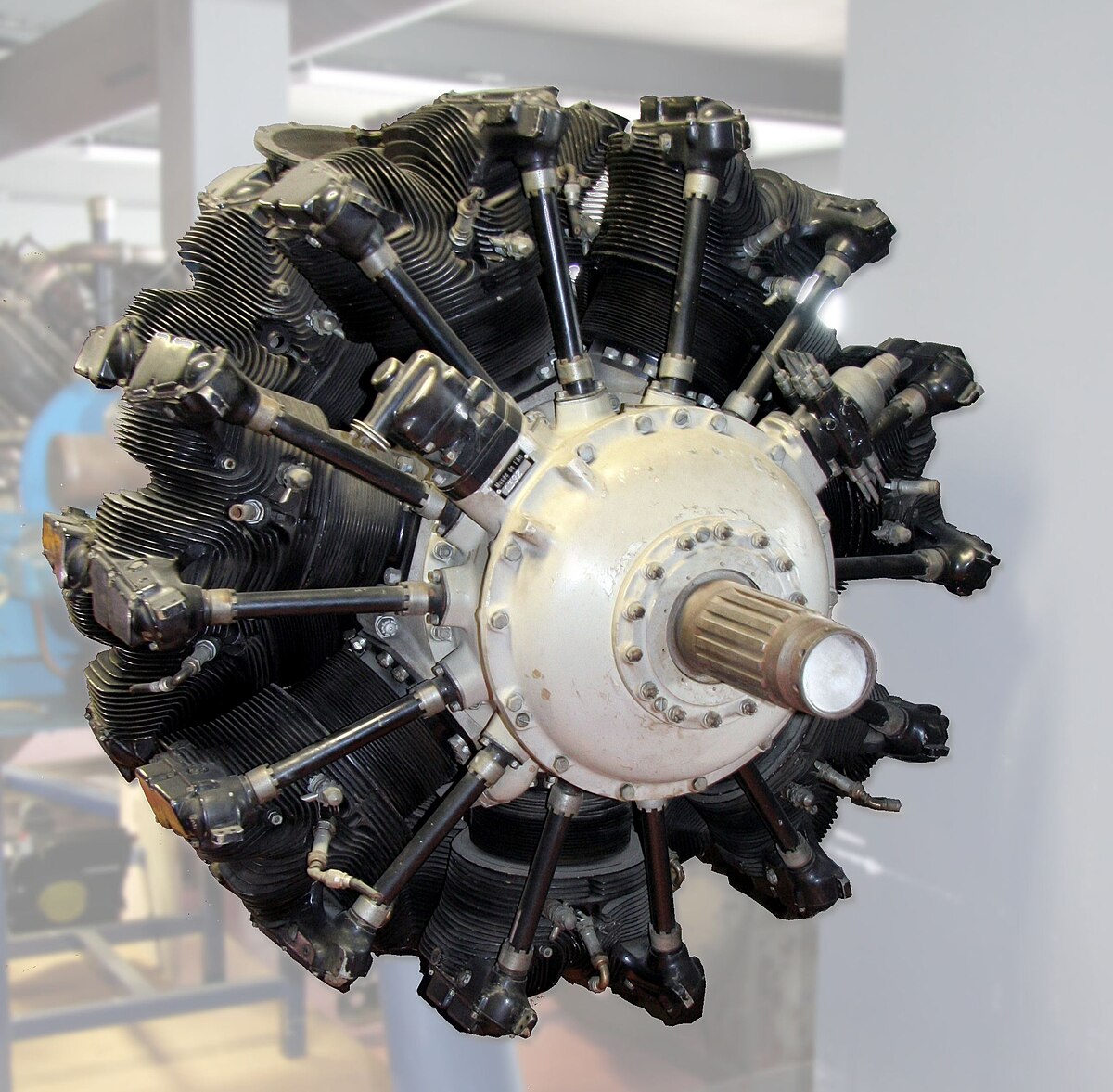
en.wikipedia.org
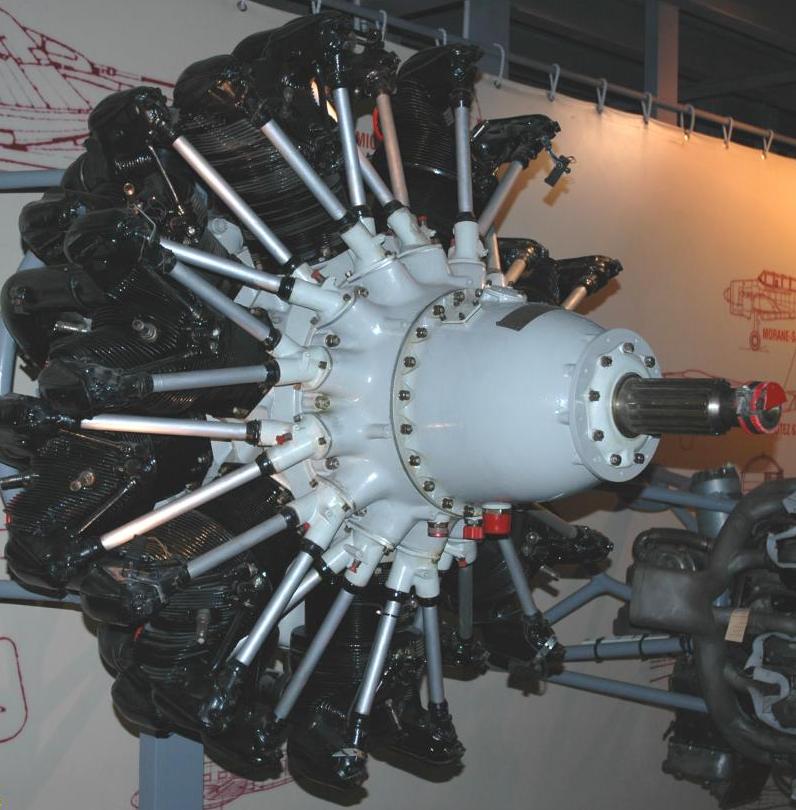
en.wikipedia.org
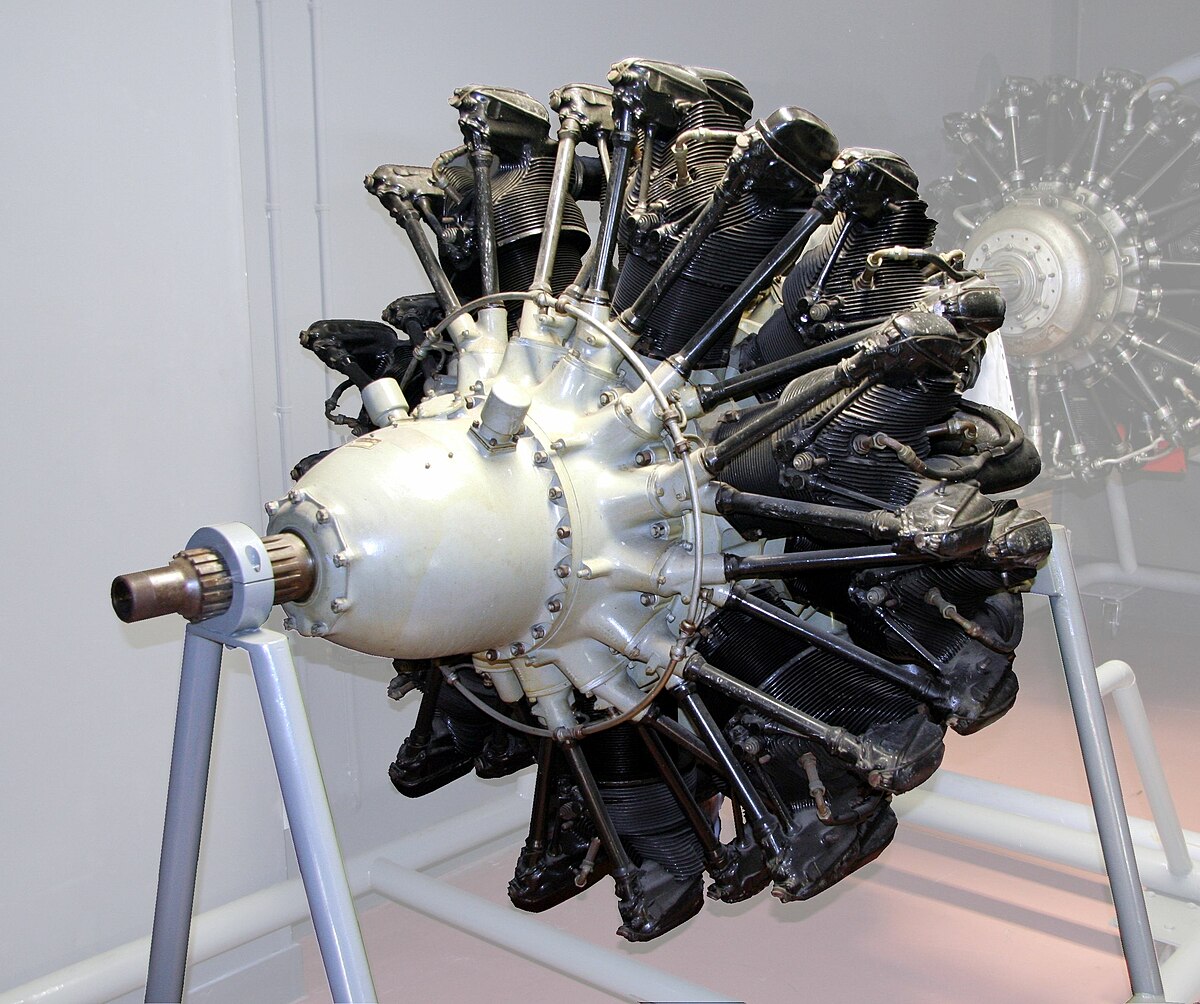
en.wikipedia.org
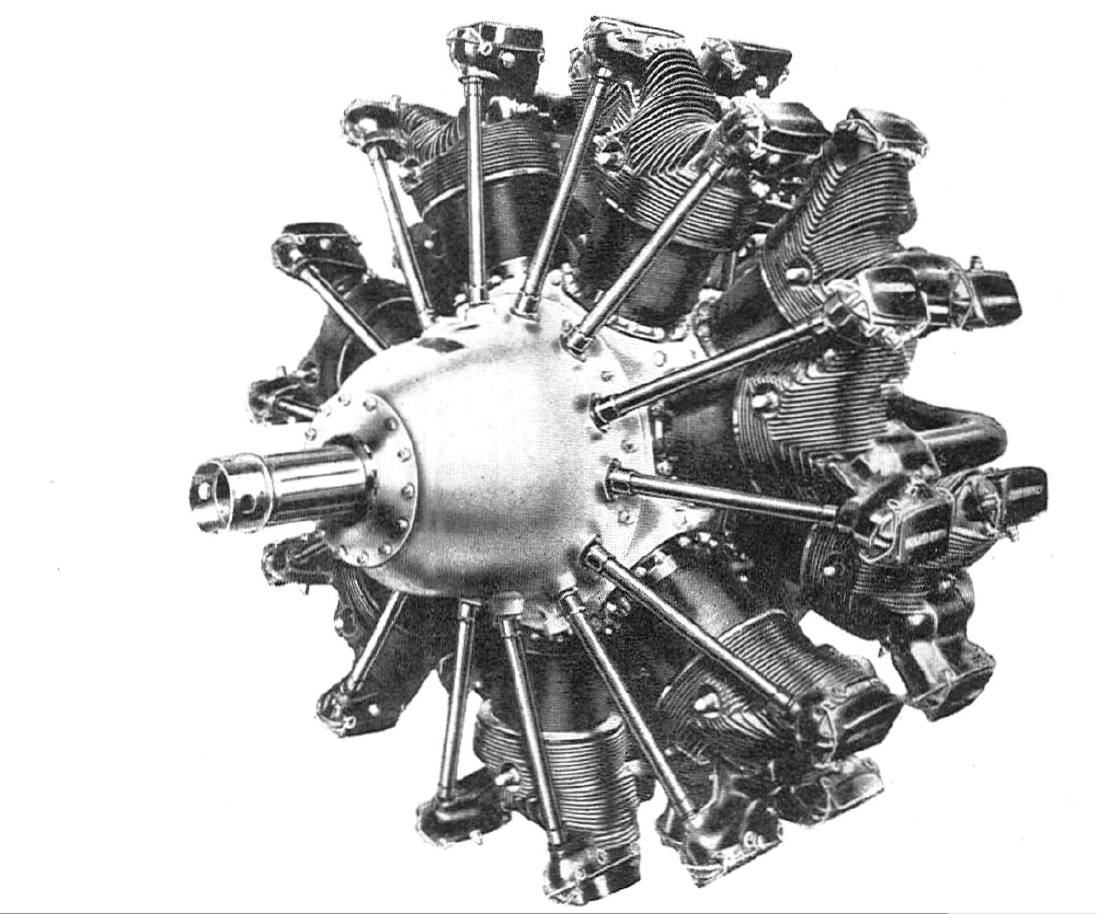
en.wikipedia.org
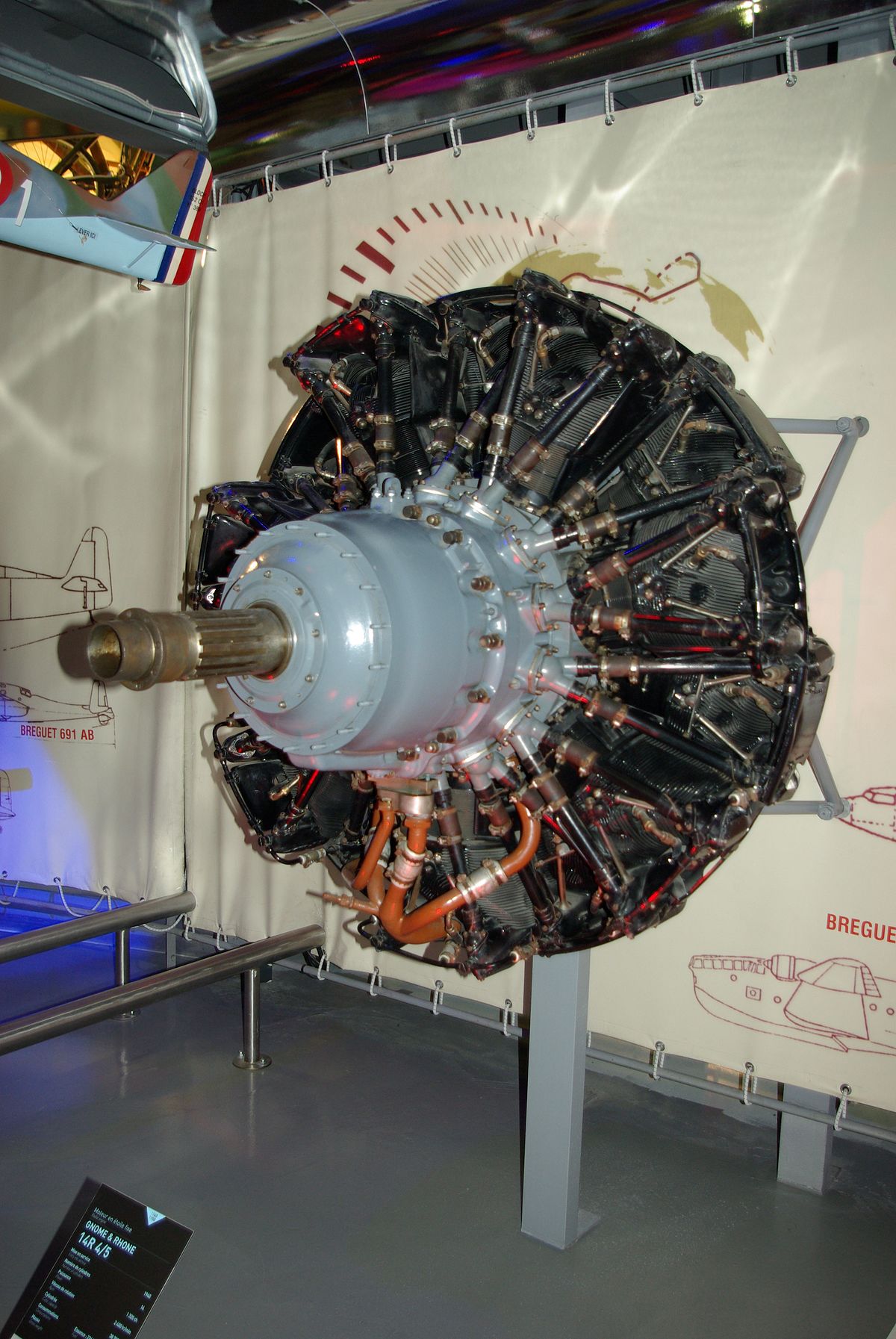
en.wikipedia.org

